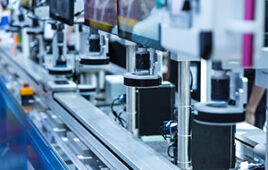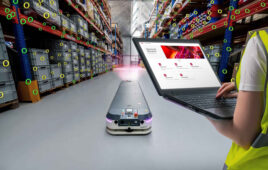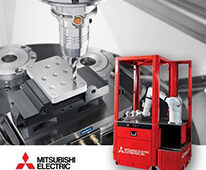Automation expenditures in the food and beverage industry are expected to reach $7 billion by 2016. “The information architecture is extending its reach all the way to the consumer by way of social networks and a new generation of 3D virtual on-line shopping and on-line product customization tools. It is becoming an important solution in the drive toward mass customization and has begun to change the way consumer facing business is conducted,” said Principal Analyst for the CPG Industries John Blanchard, the principal author of ARC’s “Automation Expenditures for Food and Beverage Industry Global Market Research Study.”
Companies in food and beverage manufacturing are focusing on margin protection and cost containment, innovation and time to profitability, food safety, more sustainable manufacturing focused on energy usage and waste reduction, and minimizing brand risk. Packaging is becoming increasingly important as an emotional selling point due to intense competition and difficulty in achieving sustainable competitive advantage through functional differentiation. Since most Consumer Packaged Goods (CPG) companies have similar business strategies, flawless and timely execution differentiates companies from their competitors. Innovation and flawless and timely execution have helped leading companies make manufacturing a competitive advantage. The convergence of food safety, sustainable manufacturing, and new regulatory requirements is leading to unprecedented levels of accountability and the evolution to the transparent enterprise.
Some key questions food and beverage manufacturers are trying to answer are:
- How do I address the fluctuating price and availability of commodities?
- How do I reduce my energy and other utility costs and ensure the long term availability of these resources?
- How do I find and evaluate new technology that will support innovation and speed time-to-market?
- How do I find and evaluate technology that will improve my manufacturing efficiency and effectiveness?
- How do I come up with new ideas or equipment that allow multi-tasking and that can reduce change over time?
- How do I reduce my manufacturing cycle time?
- What are the best metrics to support future manufacturing requirements?
- What are the leading best practices in the industry, in manufacturing in general, for sustainable manufacturing?
- What is my competition doing?
- How do I support my ever expanding manufacturing and business automation systems and networks?
- What are other companies doing to improve the skill sets of their operators and staffs?
ARC Advisory Group
www.arcweb.com
Filed Under: Factory automation





Tell Us What You Think!